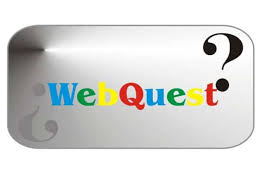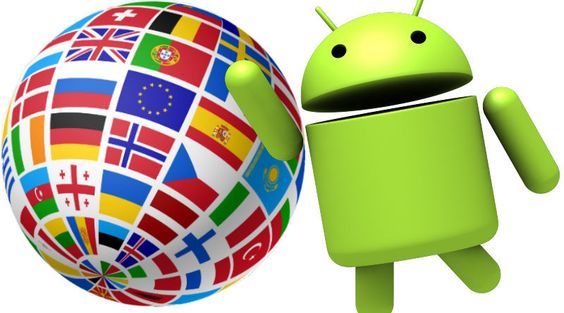How to Make a Webquest

Introduction:
A webquest is an inquiry-based learning activity that allows students to explore and learn about a topic using resources available on the Internet. In this article, we will cover the essential steps to create a successful webquest, providing an engaging and effective learning experience for your students.
1. Choose a Topic and Define Learning Objectives:
Before you begin, select a relevant and engaging topic that piques your students’ interest. Once you have your topic, outline clear learning objectives that align with the curriculum standards. These objectives will help maintain focus and ensure that the webquest offers real educational value.
2. Research Quality Resources:
Research reliable online sources that cover your chosen topic comprehensively. Look for reputable websites, articles, videos, interactive tools, and other multimedia sources to provide a well-rounded learning experience. It is crucial to verify and ensure the content in these resources is accurate and appropriate for your target audience.
3. Create an Engaging Introduction:
An attention-grabbing introduction is essential for drawing students into the webquest. Your introduction should spark curiosity, present the topic and its context, explain the purpose of the webquest, and outline what students can expect to learn or achieve upon completion.
4. Design Thought-Provoking Tasks:
Creating meaningful tasks helps learners explore the subject matter deeply and promotes critical thinking. The tasks should align directly with your learning objectives, challenging students to apply their knowledge creatively while navigating through specified online resources.
5. Develop a Process:
To guide learners effectively through your webquest, you must establish a clear sequence of steps that learners are expected to follow as they work on the tasks. This process should include instructions on how to access relevant resources, guidance on task completion, requirements for collaboration with peers (if applicable), and suggestions for reflecting on their discoveries.
6. Incorporate Assessment:
Developing an assessment system ensures that learning objectives are met and allows instructors to evaluate students’ progress. This may include quizzes, rubrics, or written reflections. Be transparent about assessment criteria, so learners understand the expectations and goals for their webquest performance.
7. Create a Conclusion:
Write a concise conclusion to your webquest that summarizes key learnings, reinforces important concepts, and brings closure to the experience. Encourage reflection and provide opportunities for students to share their thoughts or feedback with their peers or the teacher.
8. Design and Build your Webquest:
Utilize an online platform to create a visually appealing and easy-to-navigate webquest that includes all necessary components like the introduction, tasks, process, resources, evaluation, and conclusion. You can use design tools such as Google Sites or Wix to build your webquest.
9. Test and Review Your Webquest:
Before introducing your webquest to learners, ensure that everything is working correctly and that the content is accessible and engaging. Double-check all links to verify they are up-to-date and accurate. Solicit feedback from colleagues or subject matter experts for further improvement.
10. Implement Your Webquest in the Classroom:
Finally, introduce your webquest in class, either as an individual or group assignment. Provide instructions on what students are expected to do throughout the webquest – including how they should communicate with one another if collaborative tasks are included – and offer support as needed.
Conclusion:
Webquests are an innovative way of fostering deep learning in a digitally-driven world where technology plays an increasingly significant role in education. By following this comprehensive guide, you will be able to create an effective and engaging webquest that enriches your students’ understanding of your chosen topic while building essential skills in digital literacy, critical thinking, collaboration, and communication.






